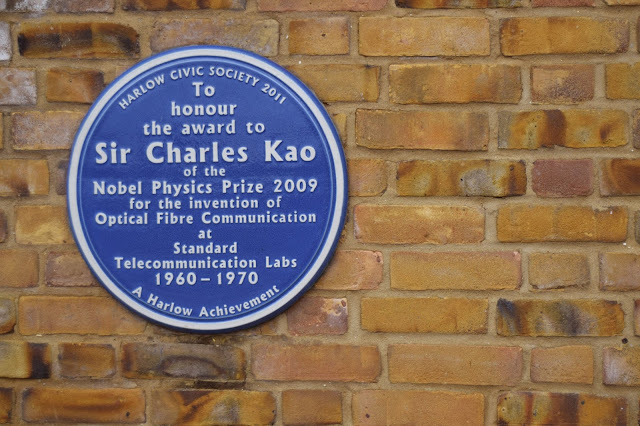This is my edited photo of the original below, I have made the wall more orange using colour balance. I did this so that the colours compliment each other more. Doing this made the picture appear warmer as the blue looks darker. I liked the original photograph because I think it was framed well, however with the blue being darker and the wall looking more orange I think it is a lot better. This is one of my favourite photographs that I took today and I used f/5, iso 400 and shutter speed 1/25 to capture the original.
This is the edit of the photograph below, I love this photograph because I think that the depth of field looks really good. I also like how the contrast looks because I made the sign a richer yellow and the background slightly darker, however I personally think that the original might be better because the photo overall looks darker now that I have edited it.
This edit is a lot better than the original in my opinion because the red looks more red rather than slightly purply like in the original. To do this I used colour balance and I made the red stand out more, I also did this for the green because it was quite a muted green previously. To do this on Colour Balance, I brought the yellow/blue bar down -12 so that there was less blue, this made the postbox more red, I then pulled the green bar up +15 to make the green a lot richer.
This photo is of a red plant next to a green one, I think that the contrast looks really good now that it's been edited, I used colour balance and made the red bar higher, I also used curves to make the photo darker in places, I think that this makes the photo look a lot better as it may have been over-saturated originally.
This is the edited photograph, to make this I had to rotate the photograph because it wasn't straight, however, I don't mind the original as I think it was just the angle, I could've left it without rotating and had just a good photo. I also used colour balance to make this, I wanted the photo to look cold so I brought the red/cyan bar down -15 so that the photo was more blue. I additionally used hue/saturation to make the colours more muted as you can see from the colour of the grass in the original compared to the edited one. Then I used curves to make parts of the photograph darker. I think that overall, this photo is one of my best from todays shoot, however it isn't a great example of colour.



















































